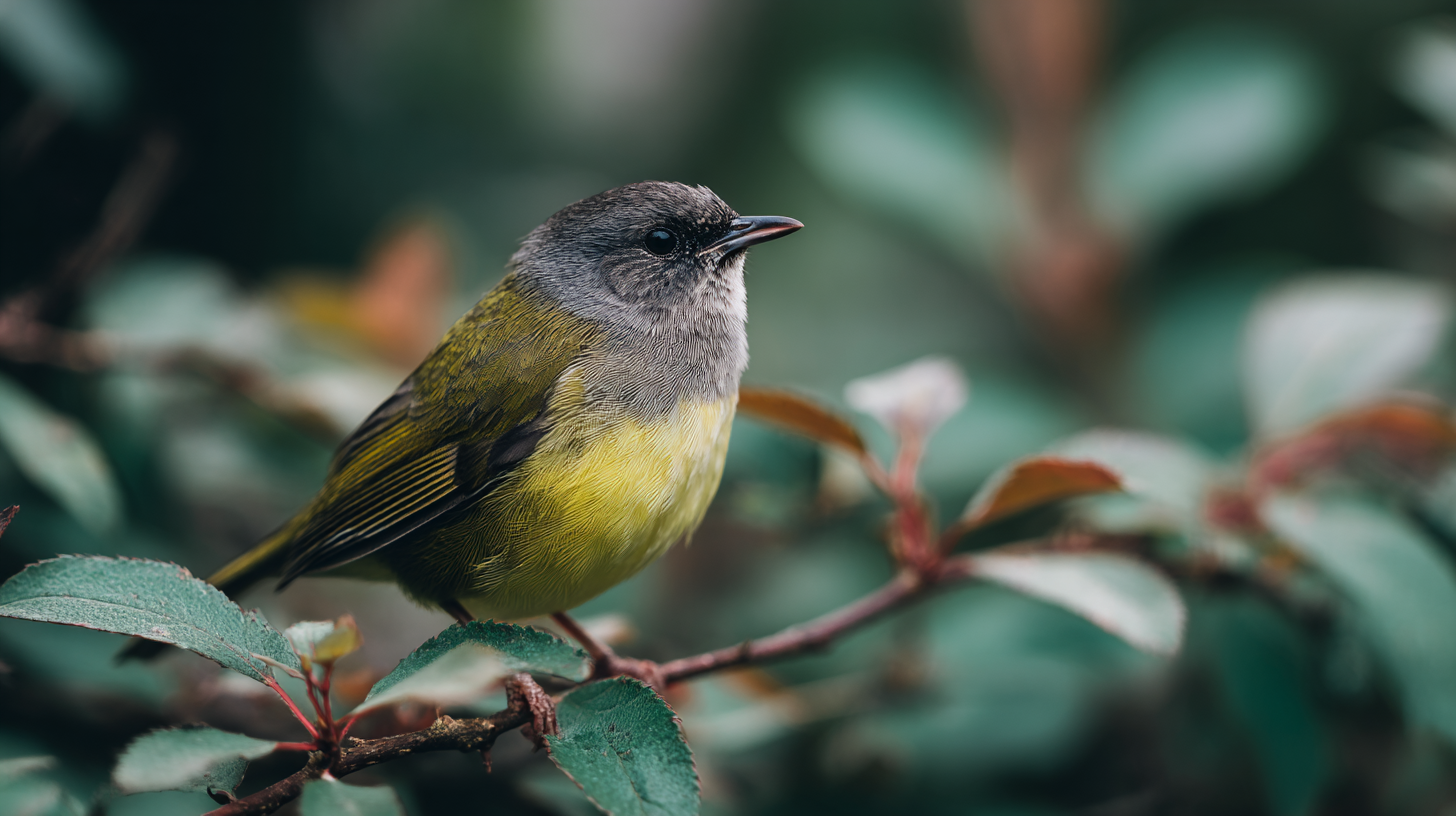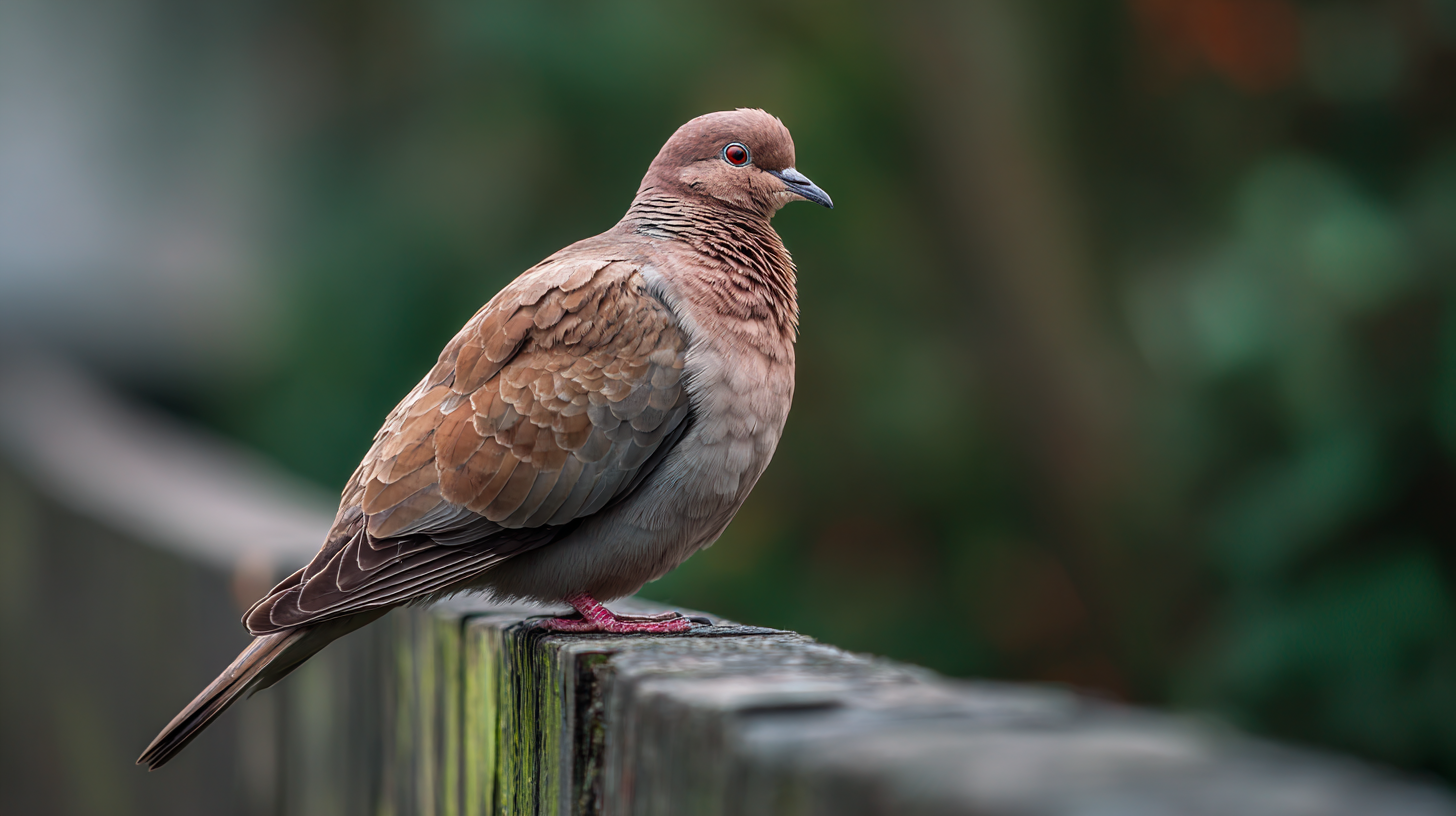
 Bird & Pigeon Pest Control
Bird & Pigeon Pest Control  Mice & Rat Pest Control
Mice & Rat Pest Control  Mole & Vole & Gopher Pest Control
Mole & Vole & Gopher Pest Control  Fly Insect Pest Control
Fly Insect Pest Control  Wasp & Bee Pest Control
Wasp & Bee Pest Control  Moth Pest Control
Moth Pest Control  Mosquito Pest Control
Mosquito Pest Control  Cockroach Pest Control
Cockroach Pest Control  Wildlife Pest Control
Wildlife Pest Control  Snake Pest Control
Snake Pest Control  Bed Bug & Flea Pest Control
Bed Bug & Flea Pest Control  Snail & Slug Pest Control
Snail & Slug Pest Control  Ant & Termites Pest Control
Ant & Termites Pest Control  Spider Pest Control
Spider Pest Control  Other Insect Pest Control
Other Insect Pest Control  Garden Products
Garden Products  Blog
Blog Birds can be charming in nature, but when they invade our spaces, they can become a nuisance, causing property damage and health risks. According to a study by the National Pest Management Association, birds are responsible for over $1 billion in damages annually across the United States. This alarming statistic highlights the urgent need for effective solutions, particularly the use of Bird Repellent Devices. With various options available—ranging from physical barriers to sonic repellents—selecting the right product tailored to your specific situation is crucial. This comprehensive guide aims to help you navigate the myriad choices in bird repellent technology, ensuring you find the best solution to protect your property while minimizing the environmental impact.

Understanding bird behavior is crucial when it comes to mitigating their impact on urban spaces. According to the U.S. Fish and Wildlife Service, over 1,000 species of birds inhabit North America, many of which have adapted to urban environments. These adaptations include nesting in buildings and foraging for food in parks and plazas, leading to significant challenges such as property damage and health hazards from bird droppings. Research indicates that cities often experience increased bird populations, which can negatively affect local ecosystems and human activities.
In urban settings, the presence of birds can often disrupt daily operations, especially for businesses in food service and hospitality. The National Pest Management Association (NPMA) reported that pest birds can cause structural damage, with estimates suggesting that their fecal matter can corrode building materials at a rate of approximately $100 million annually across the United States. This underscores the need for effective bird repellent devices tailored to specific bird species and their behaviors. Understanding these dynamics helps in selecting the most appropriate deterrents, whether they are visual, auditory, or physical barriers, thus ensuring a harmonious coexistence between urban environments and local avian populations.
 When it comes to keeping birds at bay, various bird repellent devices are available, each designed with specific features to address different challenges. One popular option is visual deterrents, such as reflective tape and predator decoys. These devices utilize shiny surfaces and shapes that mimic natural predators to scare away birds effectively. They are particularly useful in gardens or crops where birds can cause significant damage.
When it comes to keeping birds at bay, various bird repellent devices are available, each designed with specific features to address different challenges. One popular option is visual deterrents, such as reflective tape and predator decoys. These devices utilize shiny surfaces and shapes that mimic natural predators to scare away birds effectively. They are particularly useful in gardens or crops where birds can cause significant damage.
Another category includes auditory repellents, which emit sounds that mimic bird distress calls or the presence of natural predators. These devices can be particularly effective in larger areas, as they cover more ground and create an environment that is less inviting to birds. Additionally, electronic devices like ultrasonic bird repellers are gaining popularity, as they utilize high-frequency sounds that are inaudible to humans but can deter various bird species. Choosing the right type of bird repellent device depends on the specific bird species you're dealing with, the area you want to protect, and your personal preferences regarding aesthetics and environmental impact.
When it comes to bird control, users often find themselves torn between visual and auditory deterrents. Visual deterrents, such as reflective tape and predator decoys, are designed to scare birds away through visual stimuli. According to a report from the University of California, such methods can reduce bird activity by up to 70% in agricultural settings. However, their effectiveness often diminishes over time as birds become accustomed to the visual cues.
On the other hand, auditory deterrents rely on sound to create an uncomfortable environment for birds. Devices that emit distress calls and predator sounds have shown promising results. A study published by the American Bird Conservancy found that audio bird deterrents can decrease bird populations in affected areas by about 65%. It’s important to note that combining both types of deterrents may yield the best results, as they can work synergistically to reinforce the feeling of danger.
Tip: Consider the size of the area you want to protect; visual deterrents may be more suitable for smaller spaces, while auditory devices can cover larger areas effectively. Additionally, regularly changing the positioning of visual devices can help maintain their effectiveness, as birds are quick to adapt to stationary threats.
Investing in bird repellent devices can be a wise financial decision for both residential and commercial property owners. According to a report by the National Pest Management Association, birds can cause damage worth nearly $1 billion annually in the U.S. alone, impacting agriculture, urban infrastructure, and public health efforts. The initial expense of bird repellent solutions, such as ultrasonic devices or physical deterrents, often pales in comparison to the potential costs incurred from bird-related damages. Property owners who proactively invest in these technologies typically see a return on their investment within a year through reduced maintenance costs and damage repairs.
Moreover, a study conducted by the American Bird Conservancy highlights that effective bird management can improve crop yields by as much as 20-30%. This increase not only offsets the cost of purchasing repellent devices but can also enhance overall profitability for farmers. Weighing the potential losses against the cost of prevention underscores the importance of a thorough cost-benefit analysis when choosing bird repellent solutions. By opting for the best devices tailored to specific needs, property owners can safeguard their investments and promote a healthier environment.
 When investing in bird repellent devices, maintenance is key to ensuring their longevity and effectiveness. Regular inspection should be part of your routine; check for any signs of wear and tear, such as frayed wires in electronic devices or rust on metallic parts. Keeping your devices clean is equally important, as dirt and debris can hinder their performance. For example, if you’re using visual deterrents like reflective tape or decoys, ensure they remain untangled and free of obstruction to maintain their effectiveness.
When investing in bird repellent devices, maintenance is key to ensuring their longevity and effectiveness. Regular inspection should be part of your routine; check for any signs of wear and tear, such as frayed wires in electronic devices or rust on metallic parts. Keeping your devices clean is equally important, as dirt and debris can hinder their performance. For example, if you’re using visual deterrents like reflective tape or decoys, ensure they remain untangled and free of obstruction to maintain their effectiveness.
In addition to routine checks, seasonal maintenance can go a long way in extending the lifespan of your bird repellent devices. Before the onset of the bird migration seasons, it's wise to test and service your devices to make sure they're functioning as intended. This includes replacing batteries in electronic systems and re-evaluating the positioning of physical deterrents. By dedicating time to this aspect of upkeep, you can maximize the effectiveness of your bird repellent solutions and protect your property from unwelcome visitors for years to come.

